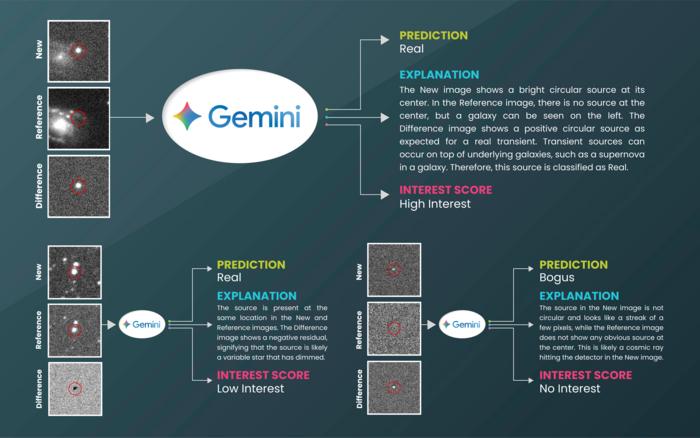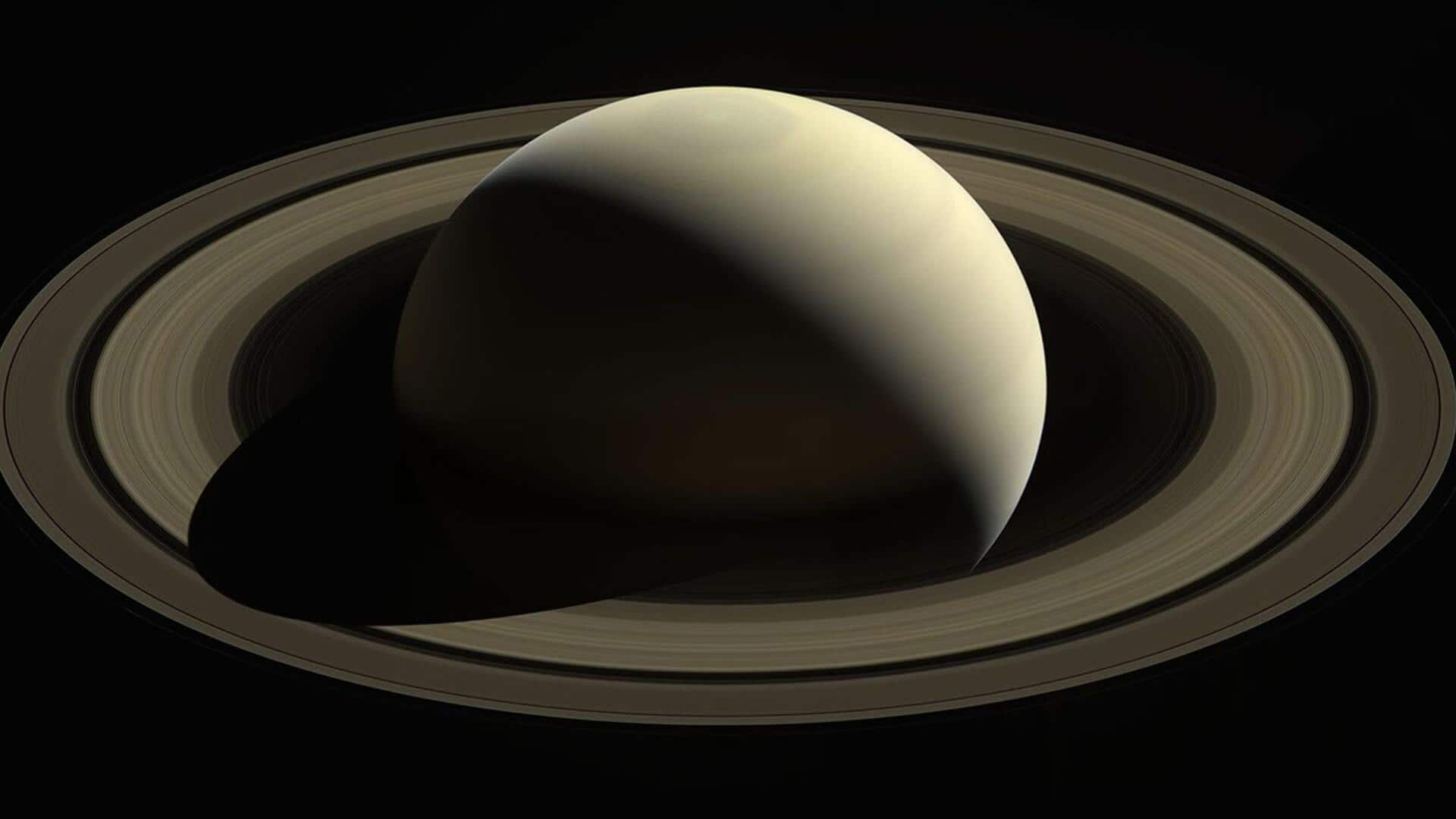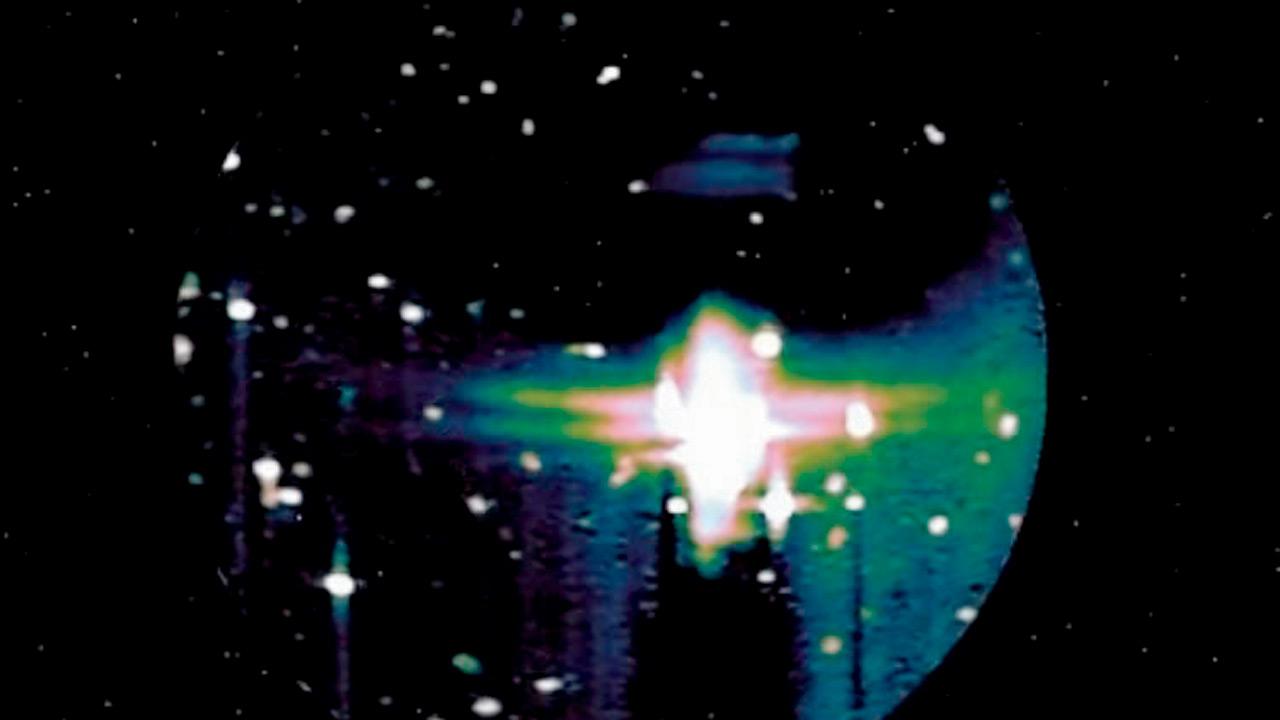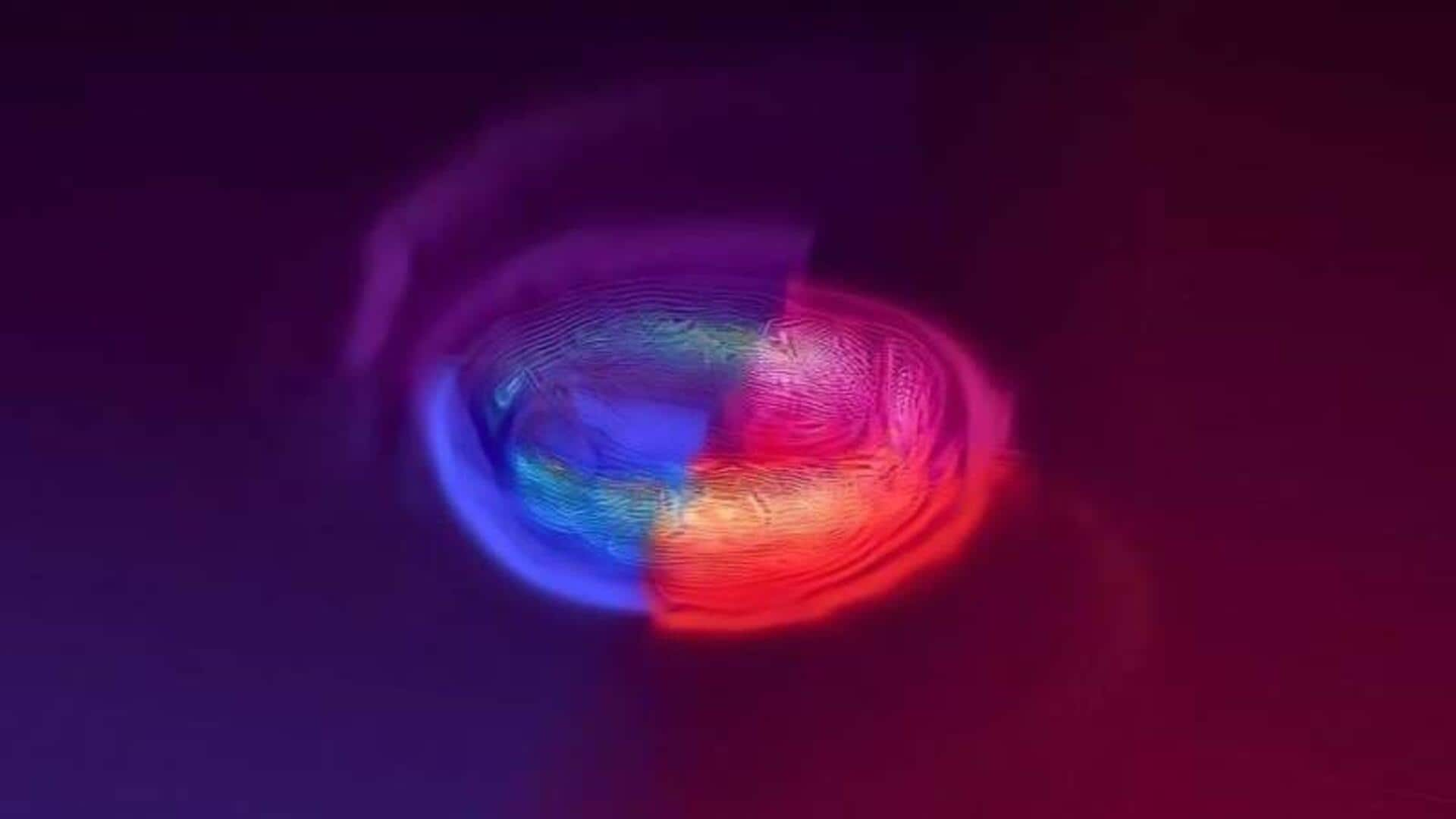**How Artificial Intelligence is Revolutionizing the Identification of Celestial Objects**
Artificial intelligence (AI) is proving to be an invaluable tool for astronomers in identifying celestial objects in the night sky. A recent study published in *Nature Astronomy* explores this potential by investigating how AI can be used to conduct astrophysical surveys of various celestial events, such as black holes consuming stars or explosive stellar phenomena.
Traditionally, scanning the night sky to detect and classify such events has been a time-consuming and resource-intensive process. This study aims to change that by harnessing AI to reduce the workload and improve efficiency for astronomers worldwide.
—
**The Study and Its Approach**
An international team of researchers tested Google’s large language model (LLM), Gemini, using three major night sky datasets:
– Panoramic Survey Telescope and Rapid Response System (Pan-STARRS)
– MeerLICHT (Dutch for “more light”)
– Asteroid Terrestrial-impact Last Alert System (ATLAS)
The goal was to determine whether LLMs like Gemini could match the accuracy and effectiveness of these established datasets when tasked with analyzing images of celestial objects.
The researchers presented Gemini with three sets of images and used specific prompts instructing the model to classify 15 examples into three categories:
– **No interest** (non-relevant objects or artefacts)
– **Low interest** (variable stars)
– **High interest** (explosive events)
The full repository of examples, prompts, and instructions is openly available for replication and further study.
—
**Impressive Results and Potential Impact**
After a follow-up analysis six months later, following updates to Gemini’s algorithms, the model achieved remarkable accuracy rates for each dataset:
– ATLAS: 91.9%
– MeerLICHT: 93.4%
– Pan-STARRS: 94.1%
Dr. Stephen Smartt, professor of astrophysics at the University of Oxford and co-author of the study, emphasized the significance of these results. He explained, “We have spent years training machine learning models and neural networks to do image recognition. However, the LLM’s accuracy at recognizing sources with minimal guidance rather than task-specific training was remarkable. If we can engineer to scale this up, it could be a total game changer for the field, another example of AI enabling scientific discovery.”
—
**Broader Applications of AI in Astronomy**
This study is part of a growing trend where AI is rapidly contributing to astronomy and planetary science through various applications, including:
– Exoplanet detection
– Analyzing planetary surfaces and astronomical datasets
– Identifying supernovae, fast radio bursts, gamma-ray bursts, and gravitational waves
– Supporting citizen science projects
– Enhancing theoretical modeling
– Improving telescope operations
For example, AI helped discover Kepler-90i, an exoplanet approximately 2,767 light-years from Earth and the eighth planet found in the Kepler-90 system. Although classified as a super-Earth, Kepler-90i’s surface temperature is too hot to support life as we know it, and all planets in the system orbit within the inner edge of their star’s habitable zone, likely making them inhospitable.
In planetary science, AI is being used to study marsquakes, revealing that seismic waves travel through Mars’s interior differently than previously believed.
—
**Future Prospects of AI in Space Exploration**
Looking ahead, AI promises exciting future applications such as:
– Space weather forecasting
– Autonomous robots operating on the Moon and Mars
– AI assistance for astronauts during future crewed missions to the Moon and Mars, enabling better-informed decisions
—
**Empowering Both Scientists and the Public**
Importantly, this study demonstrates not only AI’s expanding role in professional astronomy and planetary science but also how non-scientists can leverage free, online AI tools like Gemini to contribute to groundbreaking research.
—
**Conclusion**
How will AI continue to improve astronomy and the identification of celestial events in the coming years and decades? Only time will tell—and that is the essence of science. As always, keep doing science and keep looking up!
—
*Stay tuned for more updates on how AI is transforming our understanding of the cosmos.*
https://www.universetoday.com/articles/ai-learns-to-identify-exploding-stars-with-just-15-examples



